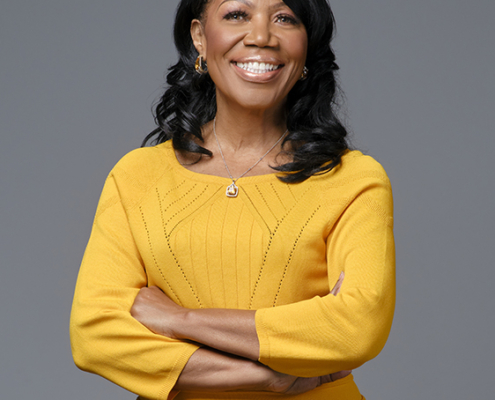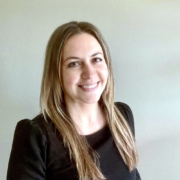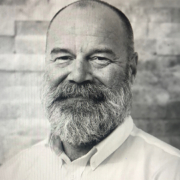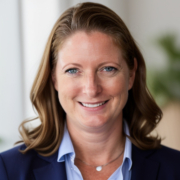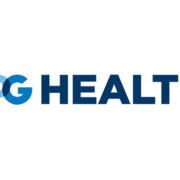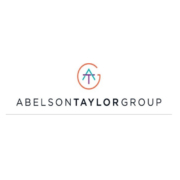HBA’s new CEO Mary Stutts sets sights on breaking industry silos and advancing health equity
HBA’s new CEO Mary Stutts sets sights on breaking industry silos and advancing health equity
By Maria Fontanazza | [email protected]
With less than two months under her belt as the CEO of the Healthcare Businesswomen’s Association (HBA), Mary Stutts is enthusiastic about diving into her new role and is bringing extensive experience in the healthcare space to the organization. Med Ad News recently spoke with Stutts about her goals with the HBA, which include advancing female career development, breaking silos across the health ecosystem, global partnerships, and health equity.
Med Ad News: What gaps you are looking to fill?
Mary Stutts: 70% of the healthcare workforce is women, and so my goal to help fill gaps is ensuring that the HBA continues expanding to offer as many career development opportunities for women as possible. I don’t believe there is any other career development organization for women like HBA – from entry level up to the D-suite and C-suite, to the boardroom, and even in entrepreneurship.
My focus is dealing with what I like to call the “pent-up demand” for the infrastructure and the amazing programs that we have in place to give women career development, access to our networks and programs, recognition, and legacy involvement.
We’re in 74 countries (six continents). Our corporate partners are very much looking to the HBA to help them with career development for women in their organizations and help them make sure that they’re achieving gender parity. That’s why our amazing Gender Parity Collaborative is so successful; and our ACE (Advancement, Commitment, Engagement) awards program helps companies to measure and evaluate [their initiatives] and be recognized for their inclusion and diversity programs.
Med Ad News: What are the challenges that women in the business of healthcare face today?
Stutts: We still have the challenge of women not advancing further up the career ladder to the C-suite and the boardroom. We are focused on addressing this ongoing issue here at the HBA, and it’s also why we have very strong male ally focus. We want to make sure that male allies understand the challenges and have access to the great information HBA offers so they can be those champions of women in leadership and advancing women in the workplace.
Med Ad News: How will you bring your experience and leadership in health equity and inclusion to the HBA?
Stutts: This is why I was so excited about coming to the HBA — [knowing that] at least 70% of the healthcare workforce is female means women working throughout the whole healthcare continuum are the ones who need to be very involved in advancing health equity. We also know from the work we have done in health equity that we are not going to make any progress working in silos.
The most successful initiatives have been cross partnership collaborations. It’s a big opportunity when you look at the different organizations that are part of the HBA, and when you look at the entire health ecosystem – not just the providers and the payers but also looking across to insurance companies, the biopharma industry, academia, digital health and even venture capital. [The need for venture capital] is growing so much because we realize that for the innovation that needs to happen, we need to fund the organizations that are run by the historically marginalized populations. Bringing all those entities together to find solutions is what is proving to be the most impactful.
For example, I want to leverage experiences learned from programs like the Black Coalition Against COVID – how it started centering the community itself and then working with the black health consortium including the National Medical Association and the Black Nurses Association; and then those community-based organizations who have the relationships in the community including black-led civic, faith and social organizations, such the National Urban League and the NAACP.
And then the government, including the CDC and the Biden administration. A lot of the progress toward advancing health equity has been made by the government even if you look at diversity in clinical trials now where the FDA has forced movement there, saying they’re not going to approve [medications] if you don’t have the diverse representation of the people with the illness. Then they brought in the big pharma and biotech companies, and of course the media. It was not a siloed effort but instead joint partnerships throughout that entire paradigm that moved the needle – first, to get historically marginalized people willing to take the test, and then to get historically marginalized people willing to get the vaccine.
I think there’s a huge opportunity for us as we advance health equity now to take those lessons that we learned from COVID, which really shined the light on how bad the health disparities are.
I think the HBA is in an excellent position because we have partnership and representation across those different stakeholder groups that we need to work with to advance health equity. A big focus for us related to that is to bring in more corporate partners from across the healthcare ecosystem – beyond the pharma and biopharma space. When you look at the careers of women in the healthcare workforce, the majority of us have worked across that paradigm.
My career mirrors a lot of the women who work in health care. I worked for Kaiser [Permanente] and Stanford [University], and at the beginning I was on the patient care side. Then I worked on the payer side for UnitedHealth Group; then I joined biotech with Genentech and big pharma with BMS and Bayer, and I worked on the health-tech side with Comcast\NBCUniversal, and for Sumitovant when it was a startup.
Our corporate partners can join the HBA and not only have access to the members and the women who are here, but also have access to the programs that are going to actually help them advance health equity. The majority of our current partners are global organizations, so they are trying to figure out how to address health equity not just here in the United States but also globally.
Med Ad News: Can you talk about the mentorship needed among female professionals, including emerging professionals?
Stutts: We are focused primarily on women who are already working in the healthcare field, and we work with them at whatever level they may be at within the organization. We have programs and opportunities for those who are starting their career as well as convenings and platforms for senior executives. We have a program called HOPE [Honoring Opportunities for Partnerships & Equity] for women with high-potential talent who are typically underrepresented in higher corporate roles. We also have our Ambassador Program that is within the corporate partner companies. Some of our partners have 30 or 40 ambassador programs running at their different sites across their organization globally.
Certainly for the entry-level women in an organization, our resources and infrastructure offers everything for them to jump-start their careers and help them understand how to navigate the corporate ladder. We’re also building out a digital component for members to be able to do that from wherever they are in the world. That’s very important to us as we look at addressing health equity and making sure that we are developing diverse talent. There is still a great gap in the numbers of diverse professionals. Even when you look at clinical trials, the majority of the staff is 74% white, and we know that people most trust people who look like them. It’s very important for us to contribute to helping develop healthcare leaders and physicians that are people of color as well as women, because that is going to build the trust that then will help people get access to the equitable care they need.
We are also very focused on developing the workforce of the future that is inclusive and understands the value of inclusion and diversity as well as the cultural humility that is needed to provide equitable care. The HBA can also be a source of addressing this not only on the provider side but even for patients and their caregivers. There’s so much we can do to mobilize and educate, and to prepare, develop, and launch women into successful careers across the health ecosystem.
| Maria Fontanazza is director of content, PharmaLive and Med Ad News. |

